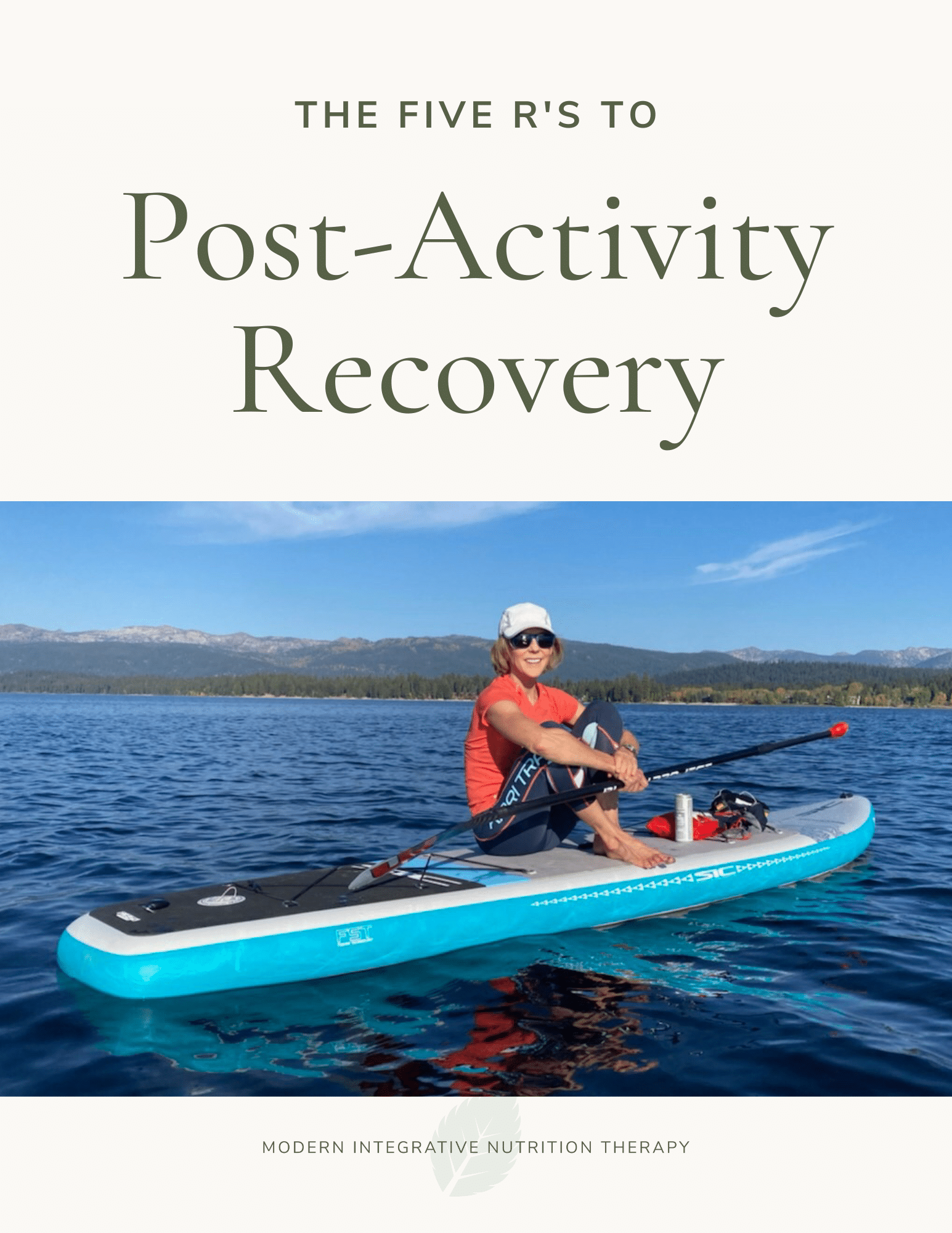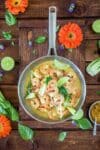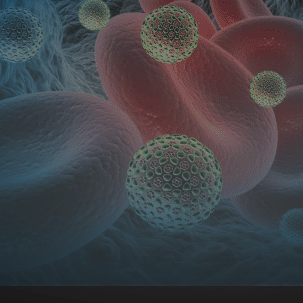Quick Shrimp and Kale Sauté

Quick Shrimp and Kale Sauté
This one-pan dinner can be on the table in less than 30-minutes. It is chock full of nutrients, including bio-active compounds and minerals that support the immune system. The quinoa is an inexpensive plant protein that extends the more pricey zinc-rich shrimp. Of course you may sub in another shellfish, like scallops, use rice in place of quinoa or spinach and any other green in for the kale… Totally interchangeable, so use whatever you have on hand!
- Prep Time: 10
- Cook Time: 20
- Total Time: 30 minutes
- Yield: 4 Servings 1x
- Category: One-pan Meals
- Method: Sauté
Ingredients
- 1 cup uncooked quinoa, cooked covered in a saucepan for 20 minutes in 2 cups simmering water, chicken or vegetable broth
- 2 tablespoons olive oil
- 6 cloves garlic, minced or pressed
- 1 1/2 pounds shrimp, peeled and deveined
- 5 or more cups torn kale, spines removed before torn, or spinach or chopped bok choy (I like to use 2 bunches of dinosaur, or lacinato kale)
- ½ lemon or lime, juiced
- salt, to taste
- pepper, to taste
Instructions
- Cook quinoa in simmering broth or salted water. Mince garlic and set aside for at least 10-minutes (to activate the beneficial compounds). Juice lemon. Wash kale, remove spines and tear into bite-sized pieces.
- In a large sauté pan, gently sauté garlic in olive oil until fragrant. Add shrimp, cover and continue to sauté over low heat until shrimp is pink and cooked through, approximately 5-8 minutes. Add kale, cover sauté pan with lid. Cook over low heat until kale wilts, approximately 5 more minutes. If you want your kale cooked more, cook an additional few minutes. Add additional liquid/broth, if needed. Stir in cooked quinoa. Season with lemon, salt and pepper and serve immediately.
Notes
Activate garlic’s beneficial compounds by letting the chopped cloves sit for 10 minutes prior to cooking. Add the lemon juice at the end to preserve the vitamin C in the citrus.
Recipe adapted from Living Plate

Hi, I’m Susan McCandless!
RDN, CLT, IFNCP
Welcome to MINT Integrative Nutrition. I use the most up-to-date research and protocols to help people get to the root of their health concerns – including gut and metabolic issues, hormone imbalances, bone concerns, and food sensitivities.
With more than 20 years of experience in functional nutrition and nutrigenomics, I can’t wait to share my knowledge with you and my community. Are you looking for tips for overcoming your wellness challenges? You’ve come to the right place!
Feeling run-down after your latest adventure?

Looking for More Personalized Help?
Schedule a complimentary 20-minute Discovery call with me. It’s time to feel more confident and hopeful about tackling your health concerns.



